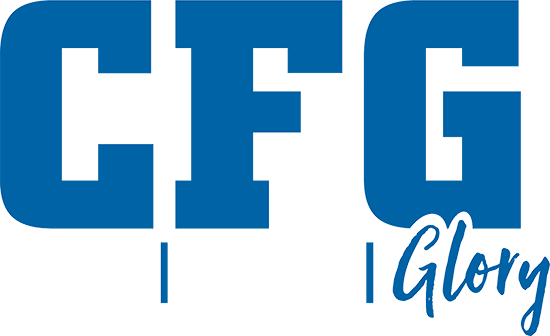“I may give that CrossFit stuff a try, but right now I’m working on my cardio.”
There are two types of people that want to “work on their cardio.” The first are the runners that run the occasional 5k or 10k race, maybe enough that they train specifically for it and have goal times in mind. The second type is “The Endurance Athlete.” These men and women spend 10-20 hours a week training for marathons, Ironman 70.3 or full Ironman distance events. You know these people as the ones that hear “that’s just crazy” when they explain what they are training for.
CrossFit will help both of them.
You don’t have to find extra time within that 10-20 hour training week to do it either. Integration of strength training into your training plan improves running economy, and increases muscle power and performance. It also increases durability, meaning you gain more injury-free training days.
What is this sorcery? POWER. Power is King. Athletes that make more power win. We make more power by getting stronger. Strength training makes us stronger. Stronger muscles mean fewer are activated with each stride or stroke, so you last longer. Stronger muscles make more power, so you go faster.
Suppose, for example, that you could reduce the number of strides you took in a distance race by 10%. Do you think that this would allow for faster running performance?
Here’s the math:
Assume you have a stride of 5 feet. In a 5k race you’ll hit that stride about 3280 times.
Research has shown that after a 10-week strength training program the running economy of moderately trained athletes, measured by stride length, improved by 13% improvement. In our example, that’s a reduction of 426 steps: 426 fewer times that your foot absorbed 2.9 times your body weight. That turns a 9:00/mile runner into one that runs with a 7:50 pace.
For cyclists, one study compared a group of highly trained national team cyclists that conducted strength training in concert with their endurance training with a control group that did not. After a 16-week program, the strength and endurance training group improved average power output and total distance covered in a 45-minute cycling test by 8%, whereas the endurance only group did not. Another study showed that the cycling economy improved more during the final hour of a 185-minute cycling test as a result of strength added to their endurance training compared with endurance training alone.
The study on the 10-week program showed an 11% improvement in power output for cyclists. (For you cyclists/triathletes, an 11% improvement means you could hold the same rpm in a 50/15 as you could before in 50/16, gaining about 2mph and shaving 16 minutes off of a 56 mile bike split).
You can do this without gaining extreme amounts of excess muscle mass that you are afraid will slow you down. Detrimental hypertrophy is rare in an endurance athlete. Most of the subjects in the studies above got stronger without increasing the size of their muscles. Regardless, any extra muscle gained will help prevent injury. Fewer injuries = more training days = better race results.
How does this work? The simple answer: lift heavy weights. But there is some art to this; that’s where our coaches come in. For high-level endurance athletes, we need to be smart about how and exactly when to integrate strength training (ask us, we know how), but the research and evidence are clear: it works. The NSCA puts it this way, “If athletes reduce their endurance training load to account for the addition of resistance training, then resistance training has a positive effect on the athletes’ endurance performance. The athlete who performs both resistance and endurance training in an integrated and appropriately planned fashion will perform at a higher level than the athlete who performs only classic endurance training.”
You say you are “working on your cardio” but what you mean is that you are looking to get better race results. We want that too. We can help you can get the race results you want.
Want to talk to us? Click here to book a ‘No Sweat Intro.’ Its just a conversation to see how we can potentially help you achieve your goals.
(Click here to slip down the rabbit hole of research on this topic. Its dense. Very dense!)

